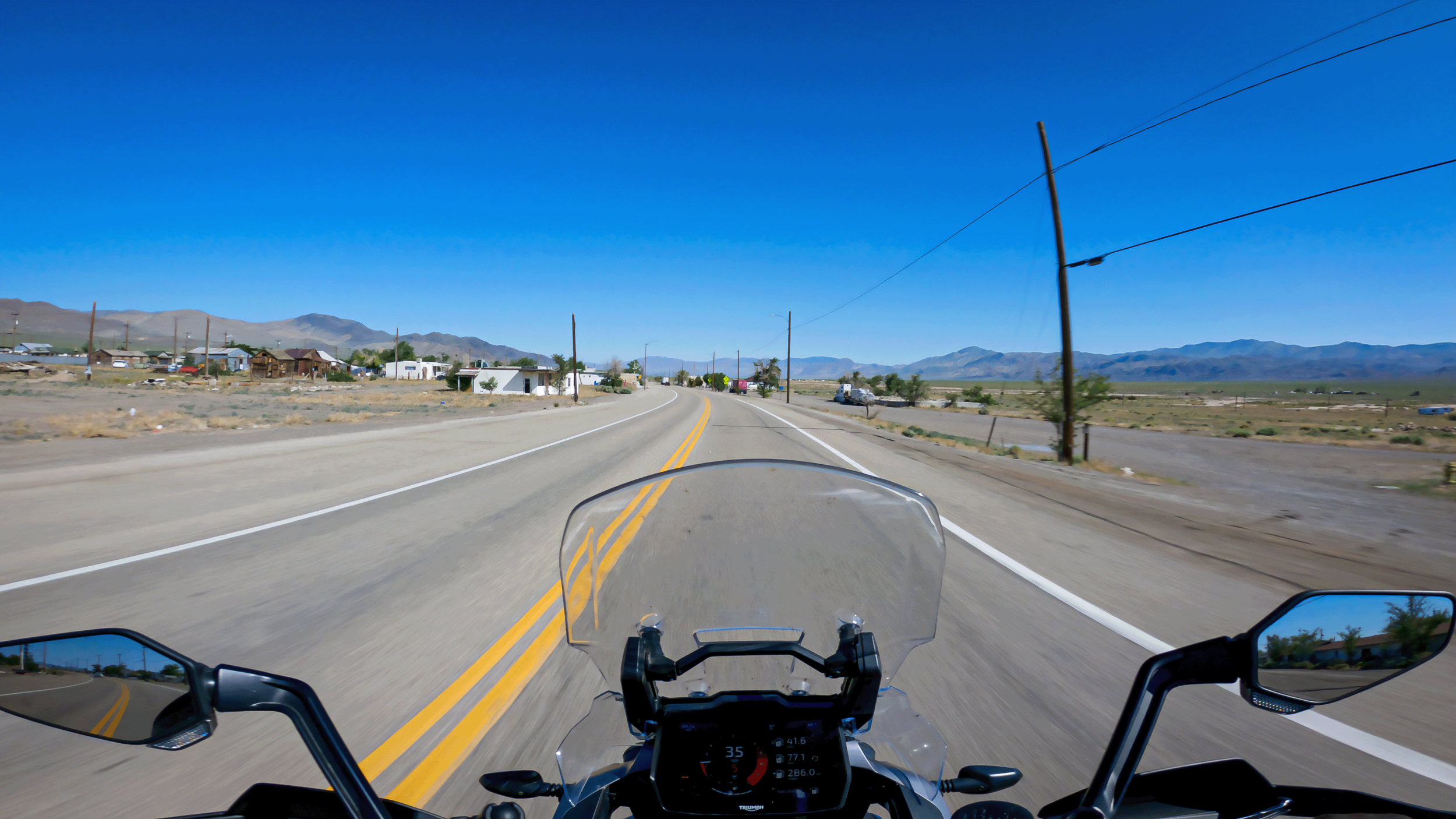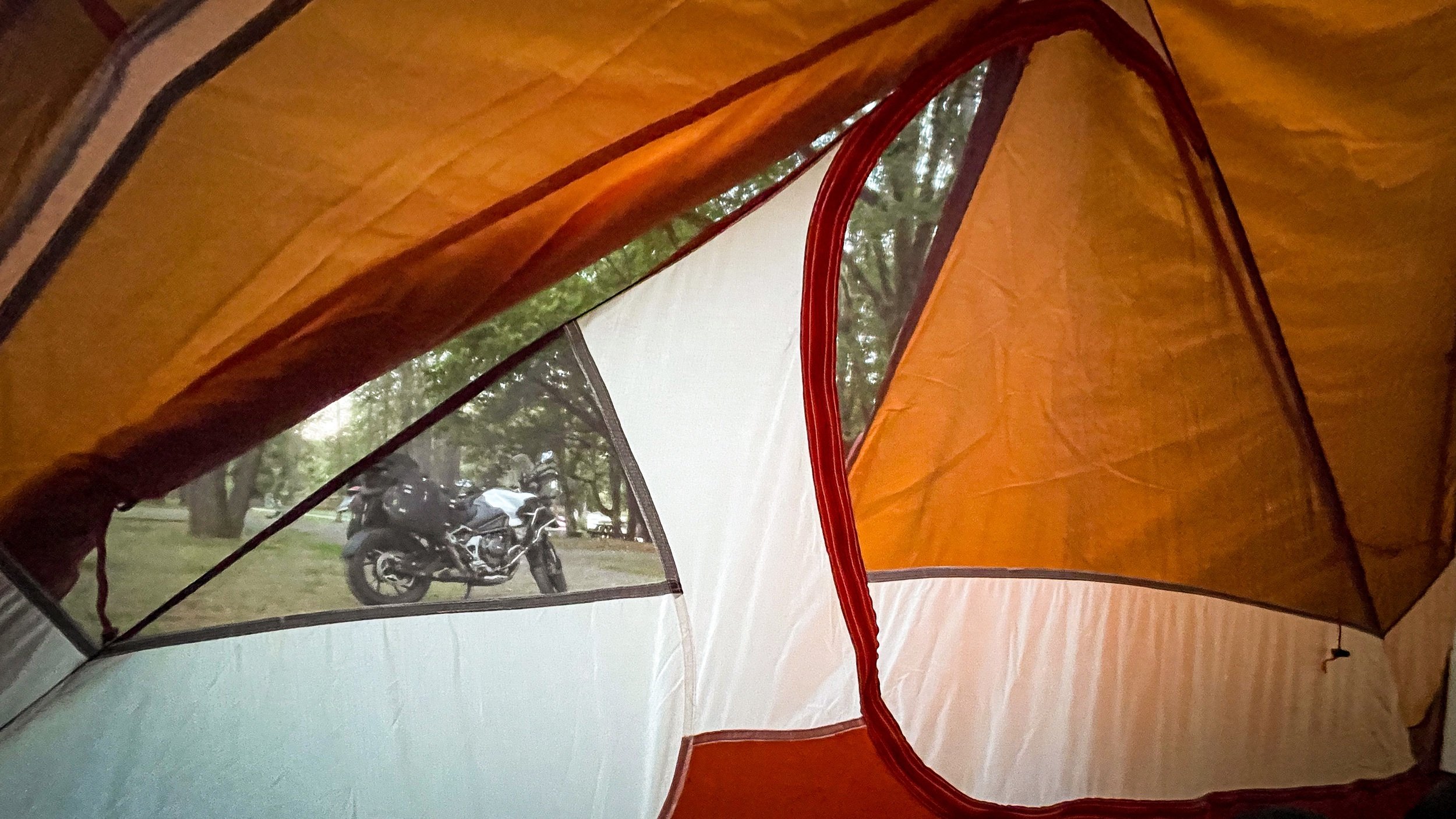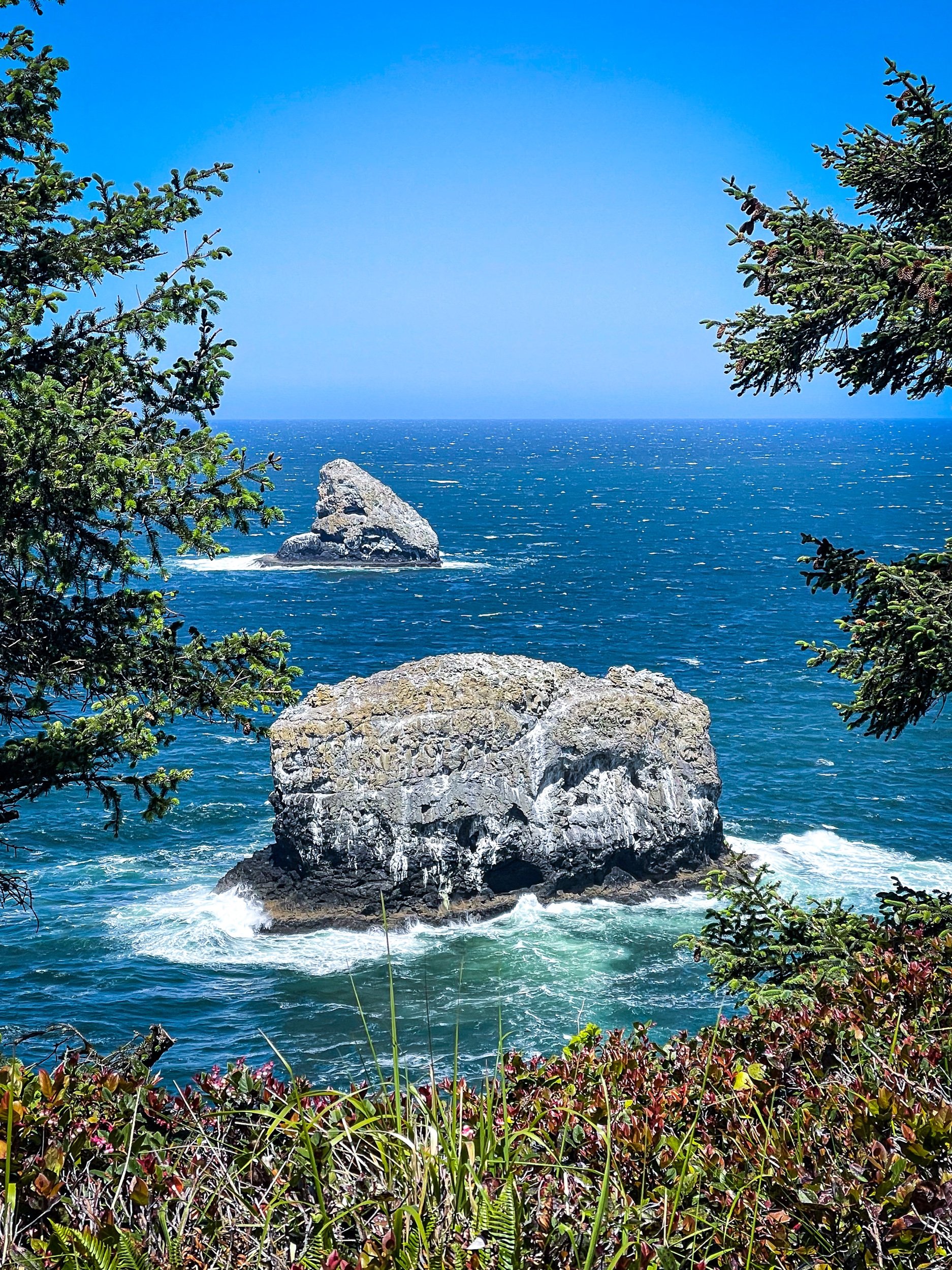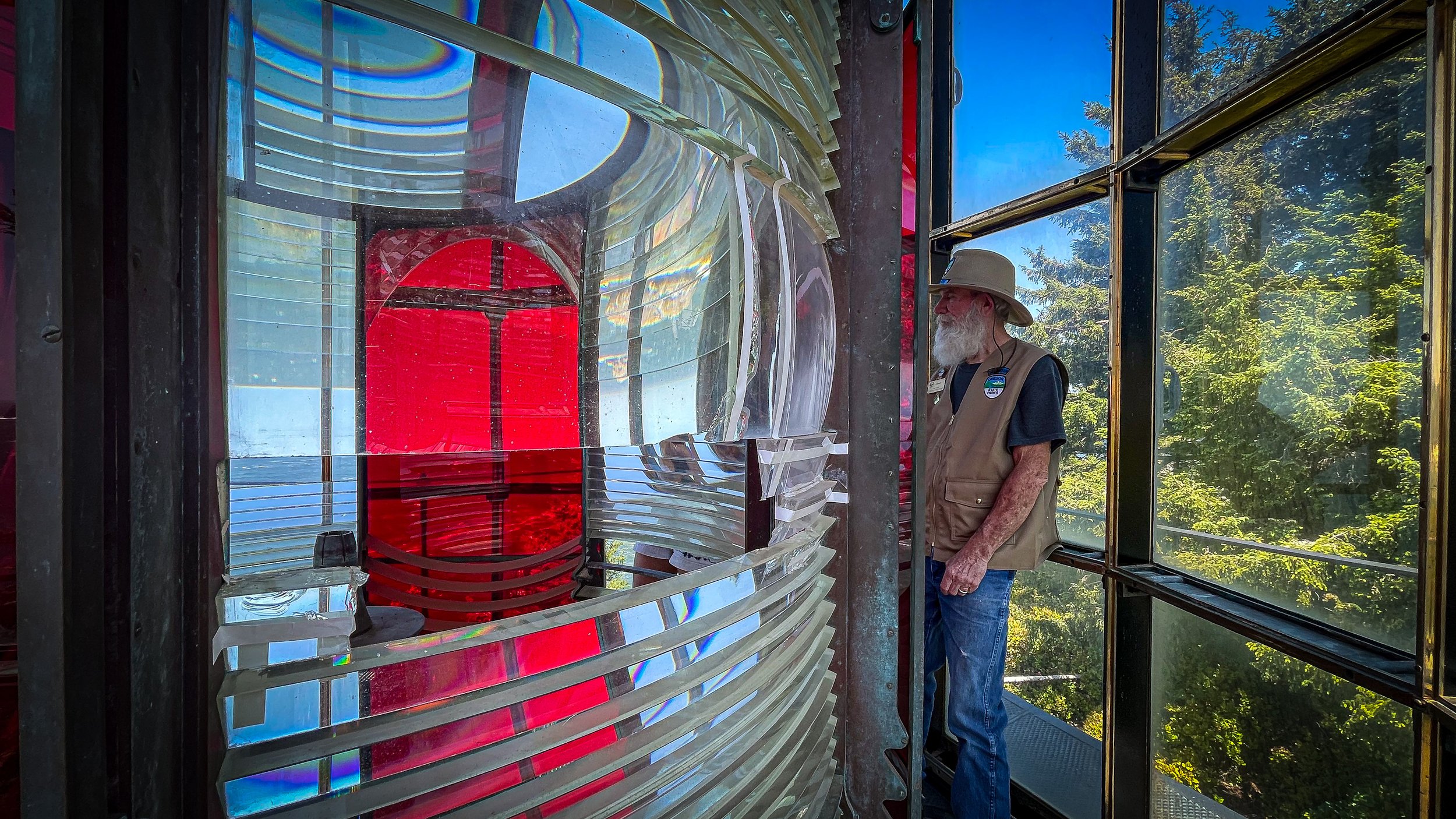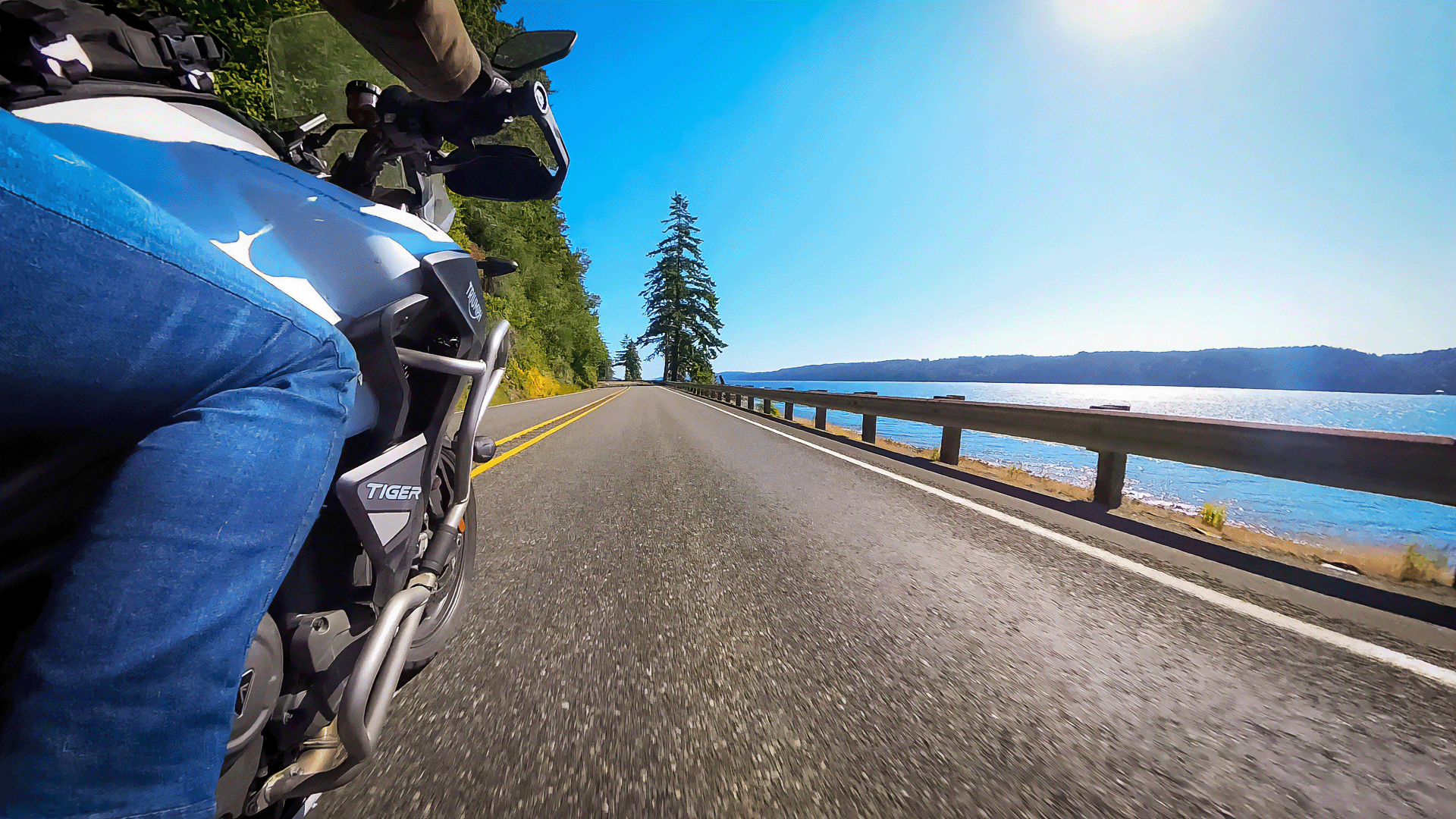Wheels, Wind, and Waves
It had been far too long since my last road trip. While my wife and I had embarked on various journeys together over the years, both with and without our children, there is a distinct allure to solo travel, to a trip that is truly mine. It had been nine years since a trip where it was simply me on my own and the urge to be back on the road kept tugging at me. It might have even perhaps influenced me to buy a new motorcycle, although I claimed it was for commuting. But, a new bike demands to be ridden. I just needed somewhere to go.
Having explored the areas around Las Vegas, I wanted a destination that was further away. While riding the Alaskan Highway had always been a bucket-list item, responsibilities at home and work meant I couldn’t be gone for much more than a week. Naturally, this imposed some limitations, but I realized if I made a few of the days uncomfortably long, I could still travel to somewhere reasonably far away. Just not Alaska far. Instead, I set my sights on another place filled with similar, though not as majestic, views—the San Juan Islands.
At a distance of nearly 1,500 each way, I came up with a plan. I would allocate three days for the outbound journey, with a swift two-day return. With a week off work, plus the two weekends, this would allow me four full days to explore and relax. I had even found a lighthouse along the way worth stopping at.
Despite its international fame, there are only two roads that radiate out of Las Vegas. I would set out to the northwest on one, returning from the northeast on the other. In all, it’d be a loop covering 8 states and more than 3,000 miles but, constrained to a handful of days and limited to just the western states, it’d also be a very little loop.
I set off before the crack of dawn, in the darkness before 5am. This first day would be the second longest of the trip, and leaving early would serve two purposes. The first was practical, letting me setup my campsite while it was still light enough to see. The second was simply so that I could watch the sun rise, silhouetting the mountains as it climbed into the sky.
Night turned to day and I began to pass through the small desert towns that broke up the endlessly straight road. More than once I caught myself wondering about the lives of their residents and about what they did for jobs, for food, for gas. How did they endure amidst such a vast emptiness?
Slowly, the landscape began to evolve, changing with every passing mile. As I traveled from Nevada to California and onto Oregon, I delighted at the remarkable transformation around me. What had been long straight roads through a seemingly infinite expanse of flat desert became a varied terrain filled with sweeping curves through forested mountain roads.
Eventually, after a long twelve-hour stint on the road, I arrived at my campsite. Swiftly pitching my tent and preparing a freeze-dried dinner in the late afternoon light of the longer summer day, I then readied myself for the day ahead.
The following morning greeted me with a brisk chill, accompanied by gusts of wind and a threatening rain that never fully materialized. As the rising sun triumphed over the gray clouds, burning them away to reveal a blue sky, I embarked on my first sightseeing endeavor—a visit to the diminutive 38-foot lighthouse, dating back to 1887, renowned as the shortest along the Oregon coast.
While the footpath afforded me a captivating view of Cape Meares' scenic coastline, my primary goal the lighthouse itself. Patiently waiting for a preceding tour group to vacate the cramped space surrounding the beacon, I ascended the stairs alongside fellow guests. Our guide explained the history of the lighthouse to us, its conversion from kerosene to electric, the upside-down effect of the lenses, and how the red and white pattern wasn’t a warning for ships to stay away from rocks, but as a navigational aid, informing Captains they were approaching Tillamook and not Astoria, Coos Bay, or any of the other ports on the Oregon Coast. Interestingly, the Fresnel lens was made in France and, although construction had begun on the Panama Canal by the time the lens was shipped to Oregon, it would be many more years before the canal would be finished, forcing its route around the southern tip of South America. Despite months at sea, the lens arrived unharmed and survived for over a century longer, until 2010 when a pair of drunken twenty-somethings fired a number of rounds into the light. Even now, many of the lens elements are still unrepaired.
Continuing my journey, I pressed onward along the picturesque Oregon coast, heading toward Astoria and my second planned campsite, one chosen mostly for its unique name: Cape Disappointment.
In the isolation of my helmet, I wondered which would be more disappointing—my stay at the campground or failing to be disappointed by the stay. Instead, it was neither. My tent bested the persistent winds and provided a comfortable night sleep. I even enjoyed my time spent on the (cold) beach, overlooked by a second lighthouse. I only hoped the wind would weaken by the time I reached the San Juans.
As I continued my way north, I marveled at the vivid palette that surrounded me. The lush green of the towering trees, the rich blue of the sky, and the radiant yellow of wildflowers scattered along the roadside. Even the gray pavement seemed to be more vibrant than the predominately brown Las Vegas landscapes.
Despite arriving in Port Townsend hours ahead of my ferry reservation, there was no time for a lunch or exploration of the town. A waiting ferry was due to depart and, with minutes to spare, they guided my motorcycle into a cramped corner of the ship’s deck. It had been the early 90’s since my last time on a Washington State Ferry, but I’d become a regular at it over the next few days.
Docking only 20 or 30 minutes after our departure, I cruised through Whidby Island towards my next stop, arriving at the Deception Pass Campground shortly after noon. Although I was less than a half hour from Anacortes and a ferry to the San Juans, I made camp and used the rest of the afternoon to explore the park and the bridge that linked Whidbey and Fidalgo islands. The San Juans could wait another day.


